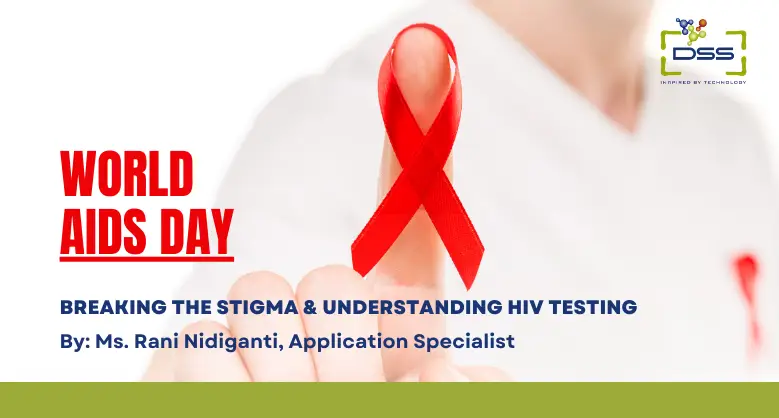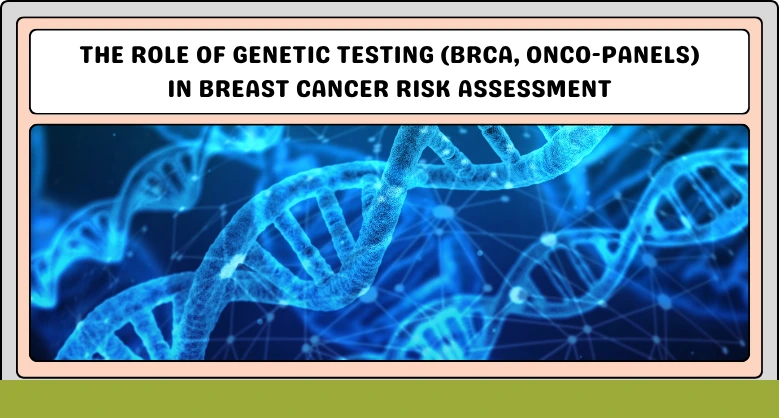DSS: Redefining Biotechnology & Life Science in India
- About Us
- Products & Services
PRODUCTS & SERVICES
-
Kits Reagents & Consumables
- Cytogenetics
- Dyes
- Fluorescence In Situ Hybridization (FISH)
- High-Performance Liquid Chromatography (HPLC)
- Histology
- Immuno Histo Chemistry (IHC)
- IVF Consumer bill
- Molecular Pathology & Diagnostics
- Multiplex Ligation-Dependent Probe Amplification (MLPA)
- Nucleic Acid Extraction
- PharmDx
- Real Time PCR
- Special Stains
- Instruments
- Software
- Accessories
- Advanced Material
-
Kits Reagents & Consumables
- Applications & Specialities
All Applications & Specialities
- Brands
- Contact Us
-

-
 0
0
- ☰
- About Us
- Products & Services
-
Kits Reagents & Consumables
- Cytogenetics
- Dyes
- Fluorescence In Situ Hybridization (FISH)
- High-Performance Liquid Chromatography (HPLC)
- Histology
- Immuno Histo Chemistry (IHC)
- IVF Consumer bill
- Molecular Pathology & Diagnostics
- Multiplex Ligation-Dependent Probe Amplification (MLPA)
- Nucleic Acid Extraction
- PharmDx
- Real Time PCR
- Special Stains
- Instruments
- Software
- Accessories
- Advanced Material
-
Kits Reagents & Consumables
- Applications & Specialities
- Brands
- Brand - Life Sciences
- 3i
- ABBERIOR INSTRUMENTS
- Abbott Molecular
- ADS Biotec
- APPLIED SPECTRAL IMAGING
- BioAir Tecnilabo
- DAKO (AGILENT)
- Eden Tech
- Elveflow
- ENTROGEN
- EUROCLONE
- EVIDENT
- Genea
- Hamamatsu Photonics
- Invivoscribe
- MASTER DIAGNOSTICA
- MBF BIOSCIENCE
- Medical Tek Co. Ltd
- MILESTONE MED SRL
- Molecular Machines & Industries
- MRC HOLLAND
- NeoDx
- Onward Assist
- Profound
- SCIENTIFICA
- SpaceGen
- Seqlo
- µCyte
- Brand - Industrial
- Brand - Life Sciences
- News & Events
- Career
- Contact Us
- Testimonial
- Blogs
- R&D
- CSR
- Press Release

Hepatitis B
BY Anima Das June 9, 2022
Hepatitis B

Hepatitis B is a viral infectious disease caused by Hepatitis B Virus (HBV) which affects the liver. Sometimes the infection lasts up to 6 months and sometimes the detection of the cause takes decades. If the infection is early detected, recovery is faster but if it does get detected then it becomes severe and life-threatening. There is a risk of liver failure, liver cancer and permanent scar on the liver. Recovery in the case of infected children is usually time taking and severe as detection gets delayed. Particularly newborns or children younger than 5 the risk is higher as the infection becomes chronic. Hepatitis B becomes a chronic infection that remains undetected for decades until a person becomes seriously ill from liver disease. This is mainly transmitted from an infected mother to child during childbirth, though there may be other causes too.
There is a simple blood test to diagnose a hepatitis B infection and testing is only the way to detect if a person is infected by the Virus.
Symptoms of Hepatitis B for detection may include the following::
- Abdominal pain
- Dark urine
- Fever
- Joint pain
- Loss of appetite
- Nausea and vomiting
- Weakness and fatigue
- Whitening of your eyes and Yellowing of your body (jaundice)
Life Cycle of the Hepatitis B Virus
The hepatitis B virus (HBV) has a complex life cycle which is necessary for all to understand. First, the virus enters the host liver cell and then is transported to the nucleus of the cell. Once inside the nucleus, the viral DNA is transformed into a covalently closed circular cccDNA, which serves as a template for viral replication (creation of a new hepatitis B virus). The new virus is packaged and leaves the liver cell, with the stable viral cccDNA remaining in the nucleus where it can integrate into the DNA of the host liver cell and continues the creation of the new hepatitis B virus. Although the life cycle is not yet understood correctly, the parts of this replicative process are error-prone, which accounts for different genetic makeup or genetic codes of the hepatitis B virus.

Causes of Spreading
- Sharing of needles. HBV spreads easily through needles and syringes contaminated with infected blood.
- Accidental needle sticks. Hepatitis B is a concern for health care workers and anyone else who is in the service related to human Blood.
- Mother to child. HBV Carrier pregnant women (undetected earlier) can easily pass the virus to their babies during childbirth. The newborn can be vaccinated to avoid transferring the infection to other children or getting themself into a more severe condition.
- Sexual contact. You may get infected if you have unprotected sex with an already infected undetected person. If the person’s blood, saliva, semen or vaginal secretions enter your body then this can be the possibility that the virus can pass to your body
World Health Organization has estimated that about 296 million people were living with chronic hepatitis B infection in the year 2019, with about 1.5 million new infections each year and about an estimated 820 000 deaths was caused in the year 2019 due to Hepatitis B due to cirrhosis and hepatocellular carcinoma (primary liver cancer).
In addition to infant vaccination, WHO recommends the use of antiviral prophylaxis for preventing the transmission of hepatitis B from mother to child. Vaccination can control 98% to 100% protection against hepatitis B.
Also, implementation of blood safety strategies as well as safer sex practices may reduce the number of infected people and deaths due to the Hepatitis B virus.
Patients suffering from hepatitis B infection for a long time and who have been diagnosed recently can also be treated with medicines, including oral antiviral drugs. The treatment can slow the progression of cirrhosis, reduce the incidence of liver cancer and also increase life expectancy. drugs like “tenofovir or entecavir” for treatment of Hepatitis B as these drugs are the most potent drugs to suppress the infected virus. Most people who start treatment for Hepatitis and are taking oral medicines must continue lifelong
In 2021 WHO estimated that 12% to 25% of people with chronic hepatitis B infection will require treatment, depending on the setting and eligibility criteria.
It is important to be alert and conscious about our physical changes or problems so that we can consult experts in regard to early diagnosis and treatment.

Latest Articles
World AIDS Day: Breaking the Stigma and Understanding HIV Testing
BY DSS Imagetech Pvt Ltd December 1, 2025
Worlds AIDS Day 2025 focuses on the theme “Overcoming disruption, transforming the AIDS response.” Highlighting the need for a stronger, more resilient approach to end the epidemic. This theme acknowledges...
Read MoreHow Olympus Microscopes Support Clinical Diagnostics and Pathology Labs
BY DSS Imagetech Pvt Ltd November 26, 2025
In the world of modern medicine, the clinical diagnostics laboratory is the engine room of the healthcare system. It is a high-stakes, high-pressure environment that operates largely unseen by the...
Read MoreThe Role of Genetic Testing (BRCA, Onco-panels) in Breast Cancer...
BY DSS Imagetech Pvt Ltd November 18, 2025
Breast cancer is a complex and deeply personal diagnosis that will affect many women in their lifetime. For decades, our primary approach was reactive: focusing on awareness, monthly self exams,...
Read More





























